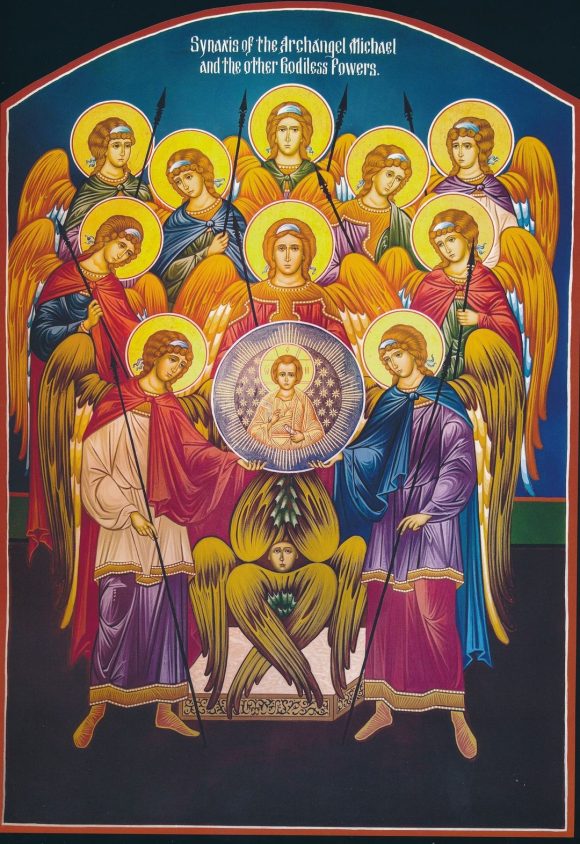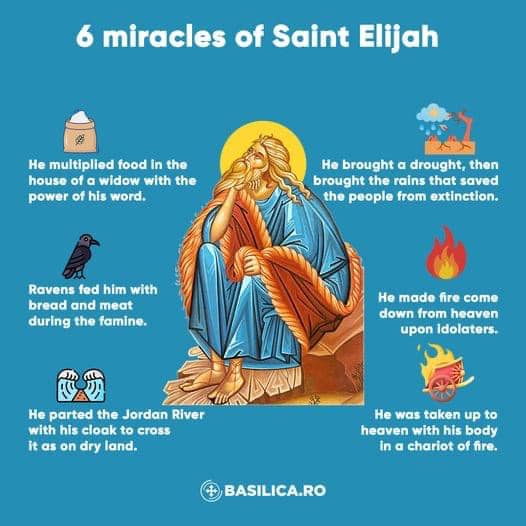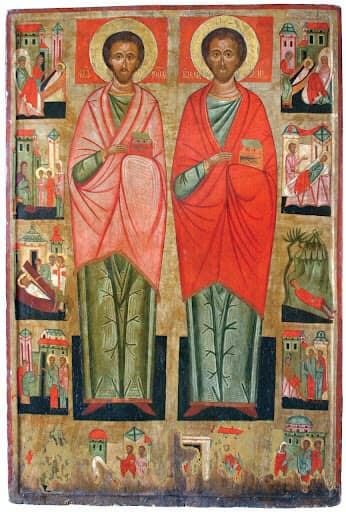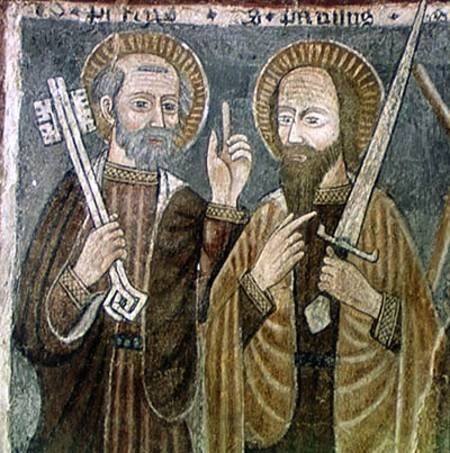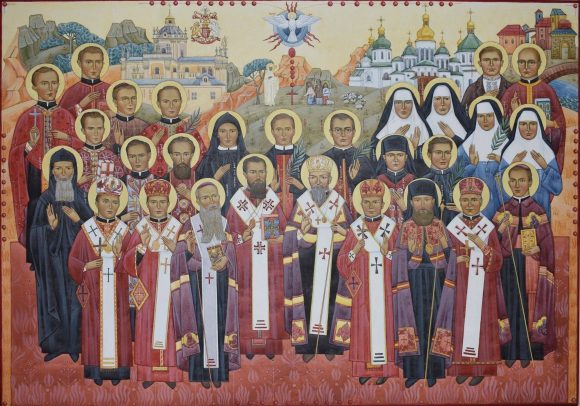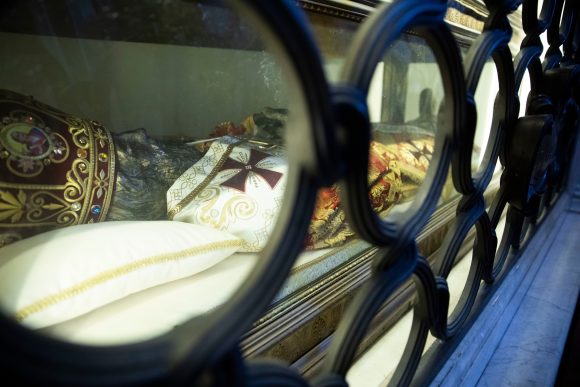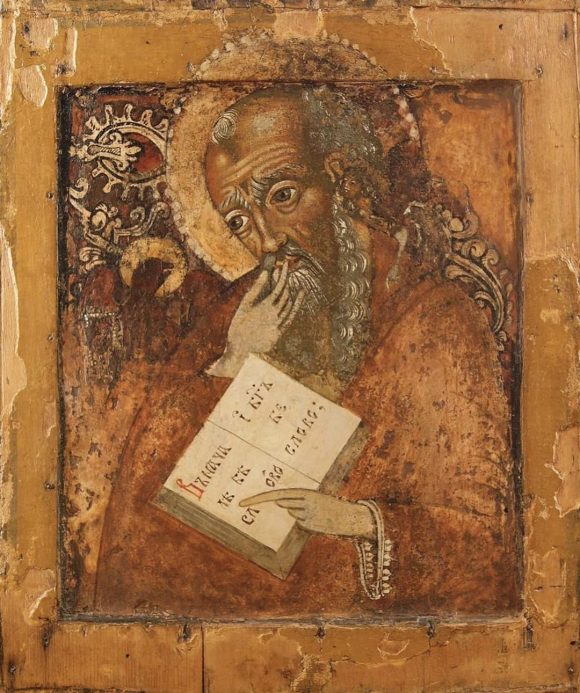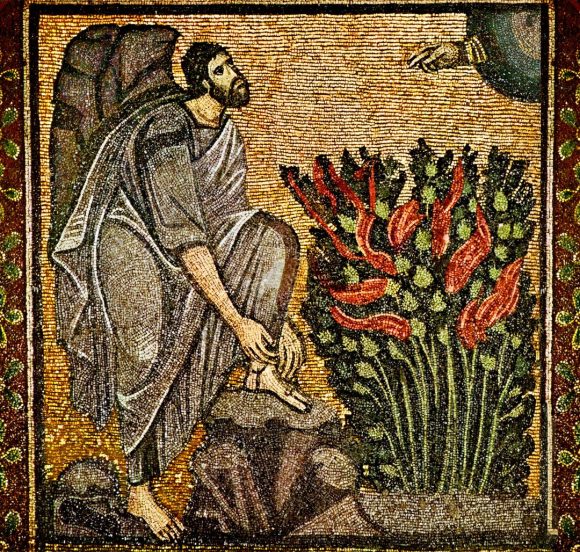We celebrate today the angels – the Greek word, “messengers.” They truly bring us a message of good news, announcing to the shepherds in the field, “The angel said to them, “Do not be afraid; for behold, I proclaim to you good news of great joy that will be for all the people. For today in the city of David a savior has been born for you who is Messiah and Lord. (Luke 2:10-11).”
It is the archangel Gabriel who announces the conception of Jesus to Mary. And in even greater joy, the angels announce to the women at the tomb, ““Why do you seek the living one among the dead? He is not here, but he has been raised. (Luke 24:5-6)” The epistle today tells us, “You made him for a little while lower than the angels; you crowned him with glory and honor, subjecting all things under his feet. (Hebrews 2:7-8)” Materialists deny the existence of angels, but it is only reasonable to believe that there is more to reality than what we can see with our physical eyes and hear with our physical ears. Angels are our connection with God, so much so that sometimes in the Old Testament there seems to be a confusion between God and his angels. Jesus tells us, “At the resurrection they neither marry nor are given in marriage but are like the angels in heaven. (Matthew 22:30).” Jesus tells his arresters, “Do you think that I cannot call upon my Father and he will not provide me at this moment with more than twelve legions of angels? (Matthew 26:53)”
And angels comfort him in the agony in the garden. Today then is a day of faith, today we connect with God, today we hear the good news of the coming of God into the world, today we hear the good news of the resurrection to life.
Meditation by Archpriest David Petras
